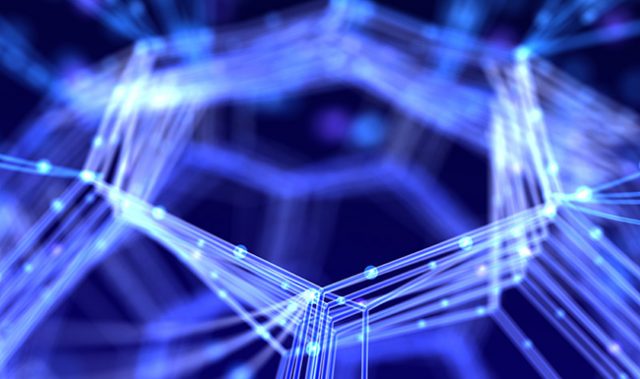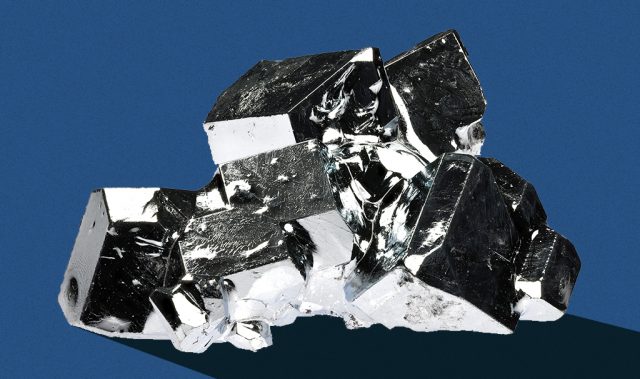
AsianScientist (Oct. 29, 2018) – A research group at the Center for Multidimensional Carbon Materials of the Institute for Basic Science (IBS), South Korea, has reported a method to convert inexpensive polycrystalline metal foils to single crystals with superior properties. They published their findings in Science.
The structure of most metal materials can be thought of as a patchwork of different tiny crystals, bearing some defects on the borders between each patch. These defects, known as grain boundaries (GBs), worsen the electrical and mechanical properties of the metal.
Single-crystal metals, on the other hand, have no GBs, and demonstrate high electrical conductivity as well as other enhanced qualities that can be applied to the fields of electronics, plasmonics and catalysis, among others. Single-crystal metal foils have attracted great attention also because certain single-crystal metals, such as copper, nickel and cobalt, are suitable surfaces upon which defect-free graphene, boron nitride and diamonds can be grown.
To unlock the full potential of such metal structures, the IBS team, led by Professor Rodney Ruoff at the Ulsan National Institute of Science and Technology, invented a contact-free annealing (CFA) technique to create single-metal crystals of unprecedented size. CFA involves heating the polycrystalline metal foils to a temperature slightly below the melting point of each metal.
This method does not require single crystal seeds or templates that limit the maximum crystal size. The researchers tested their technique with five different types of metal foils: copper, nickel, cobalt, platinum and palladium, reporting that it could induce “colossal grain growth.” For example, single copper crystals could be grown to 32 square centimeters in size, while single crystals from nickel and cobalt foils each grew to about 11 square centimeters.
In the case of copper, quartz holders and a rod were used to hang the metal foil, like clothes suspended on clothes lines. Then, the foil was heated in a tube-shaped furnace to approximately 1,050 degrees Celsius, a temperature close to copper’s melting point, for several hours in an atmosphere with hydrogen and argon. Thereafter, the copper was allowed to cool.
Subsequently, the scientists were able to obtain very high-quality single-crystal monolayer graphene on a single-crystal copper foil, as well as multilayer graphene on a single-crystal copper-nickel alloy foil. In addition, the single-crystal copper foil showed improved electrical properties. The researchers measured a seven percent increase in the room temperature electrical conductivity of the single-crystal copper foil compared to that of commercially available polycrystalline foils.
“Now that we have explored these five metals and invented a straightforward, scalable method to make such large single crystals, there’s the exciting question of whether other types of polycrystalline metal films, such as iron, can also be converted to single crystals,” said Dr. Jin Sunghwan of IBS, the first author of the study. “Now that these cheap single-crystal metal foils are available, it will be tremendously exciting to see how they are used by the scientific and engineering communities.”
The article can be found at: Jin et al. (2018) Colossal Grain Growth Yields Single-crystal Metal Foils by Contact-free Annealing.
———
Source: Institute for Basic Science; Photo: Pexels.
Disclaimer: This article does not necessarily reflect the views of AsianScientist or its staff.












